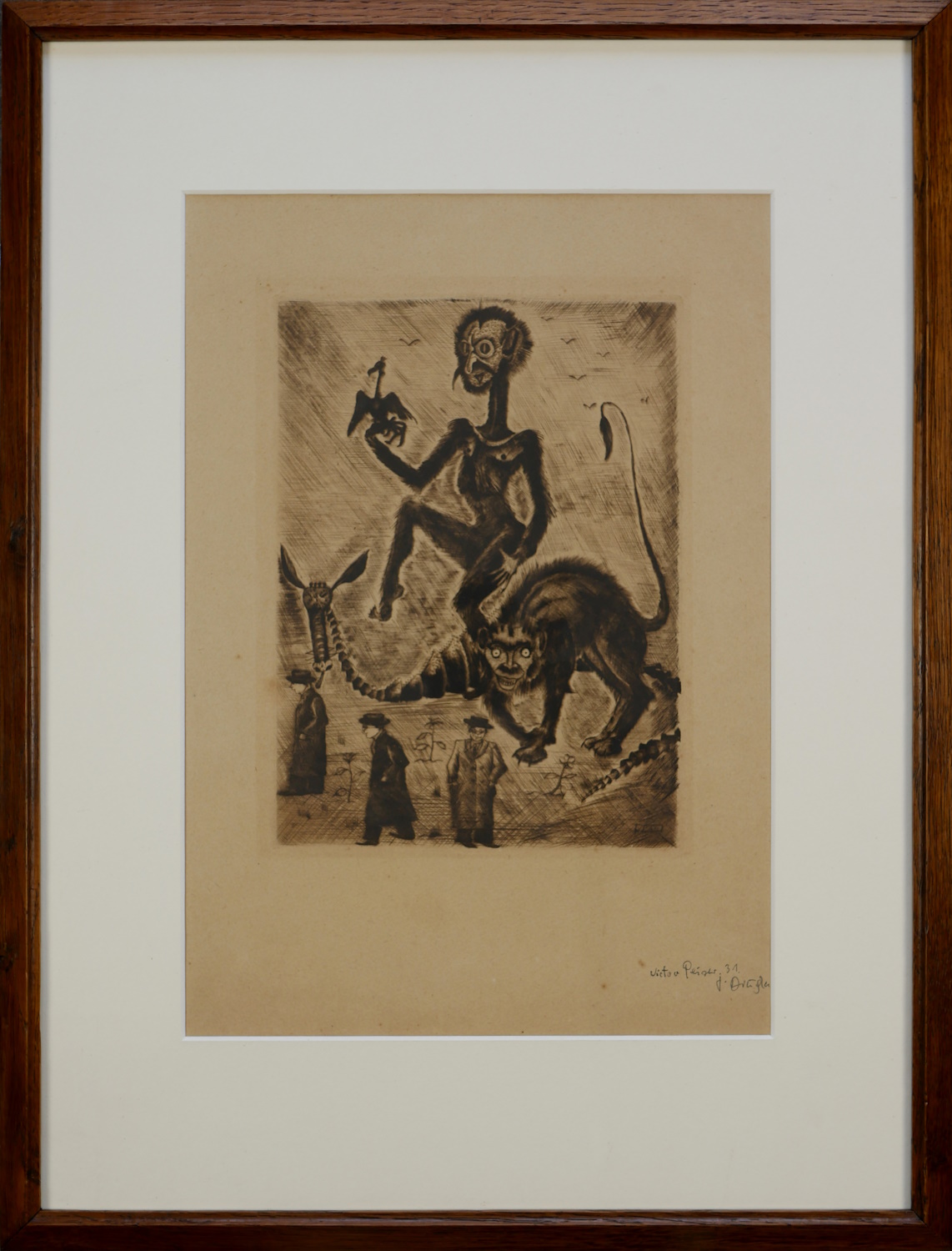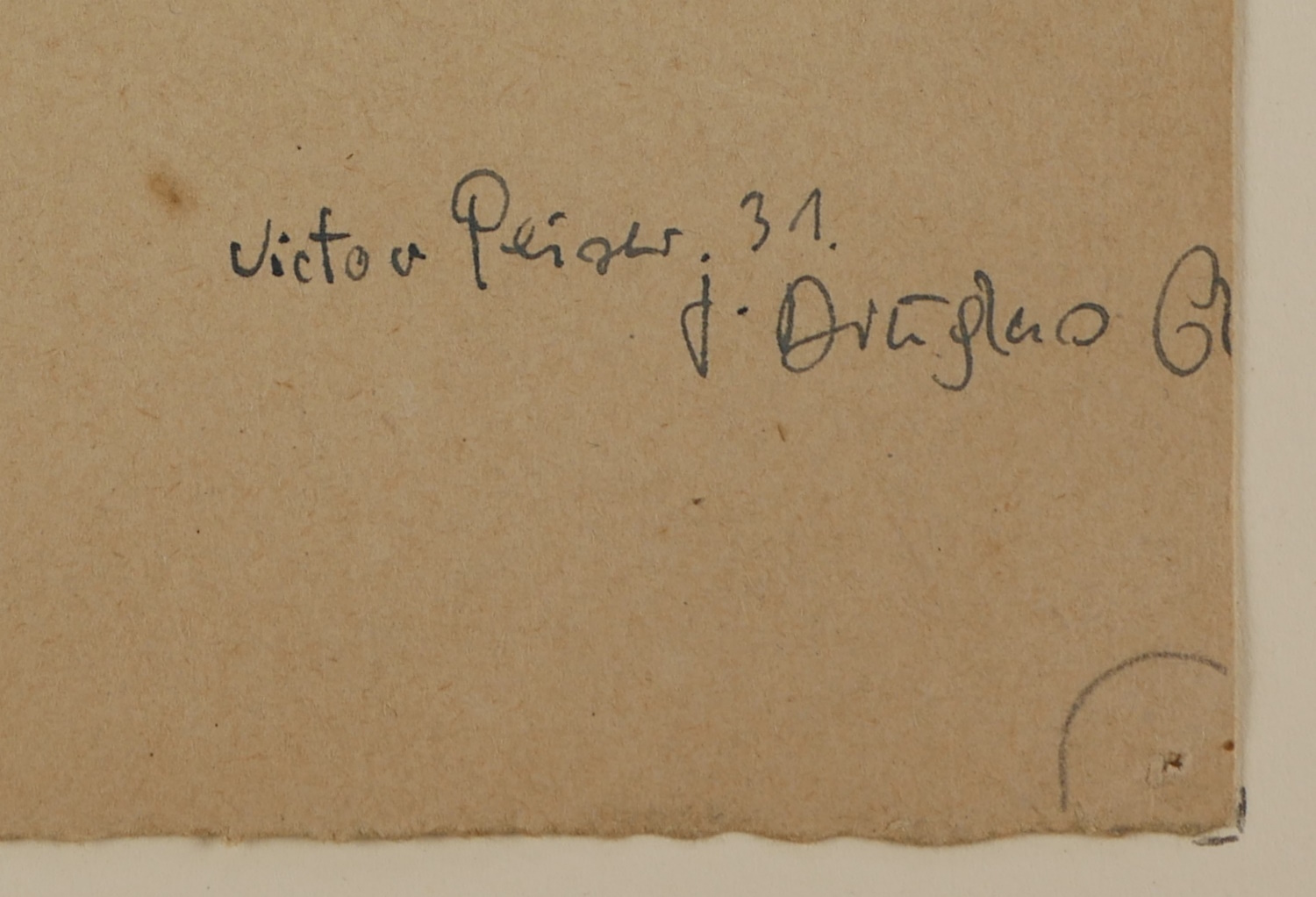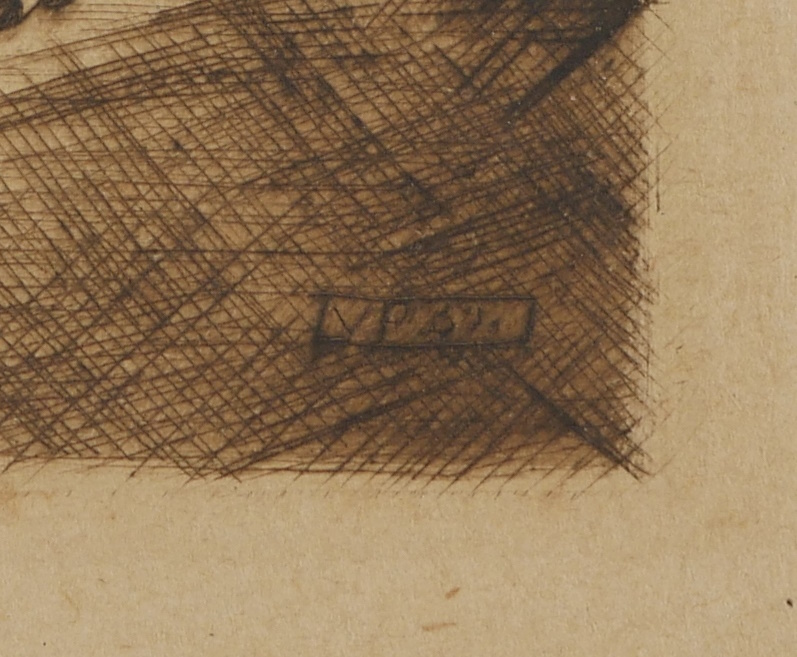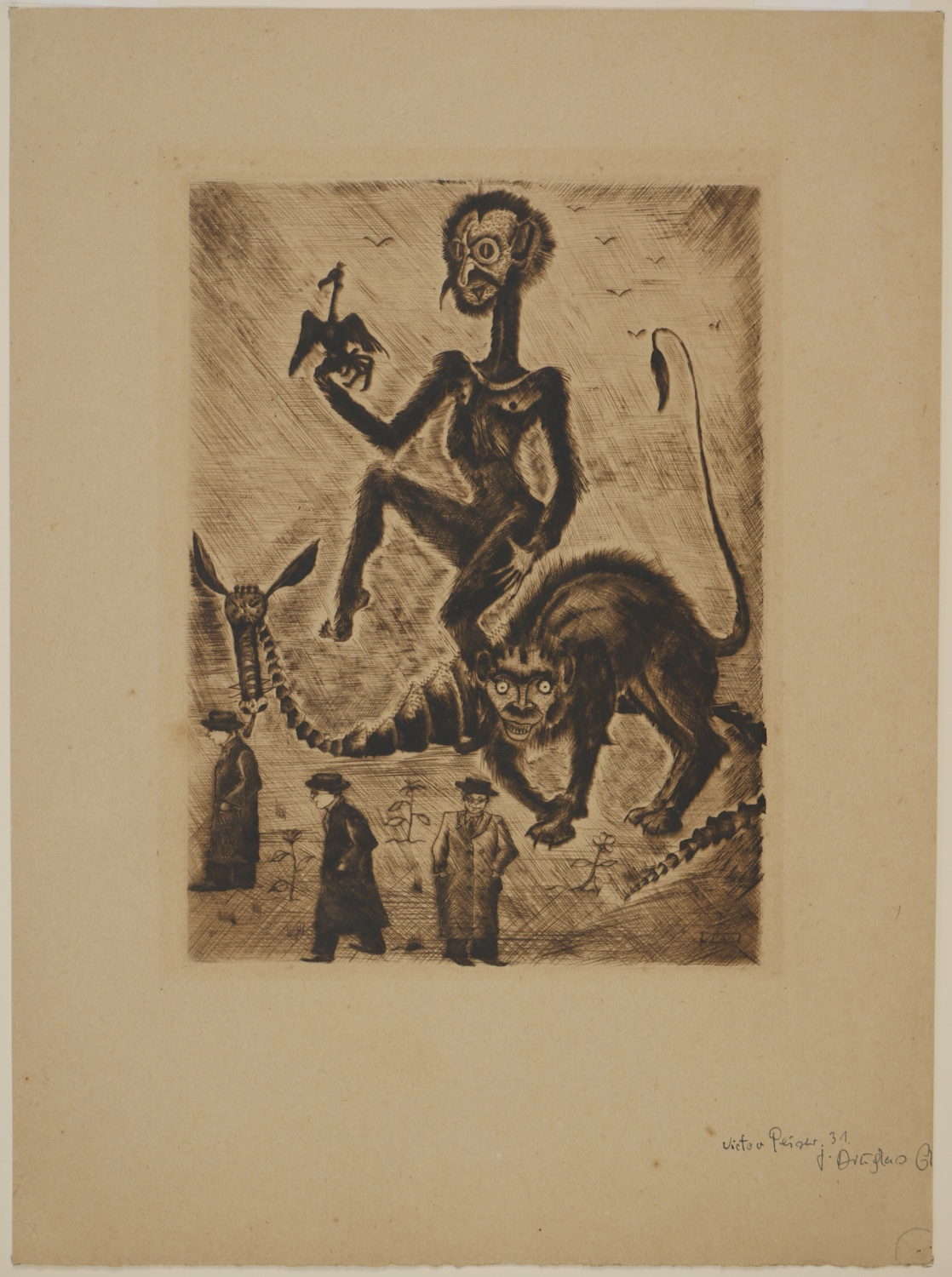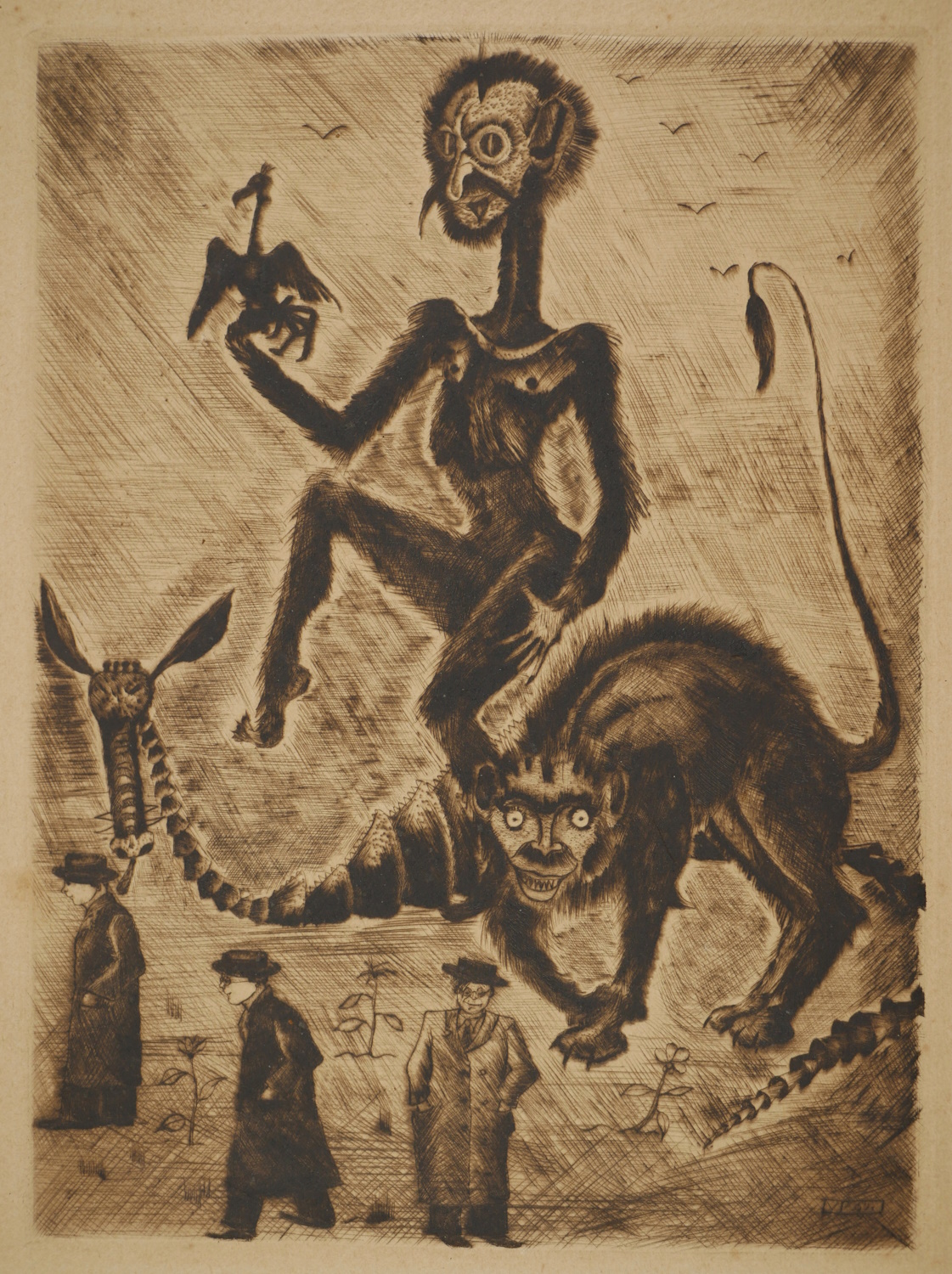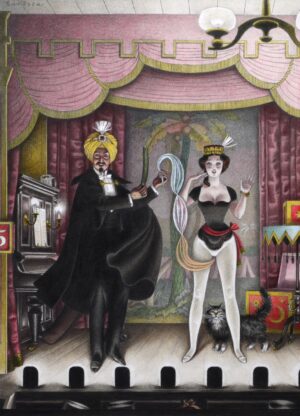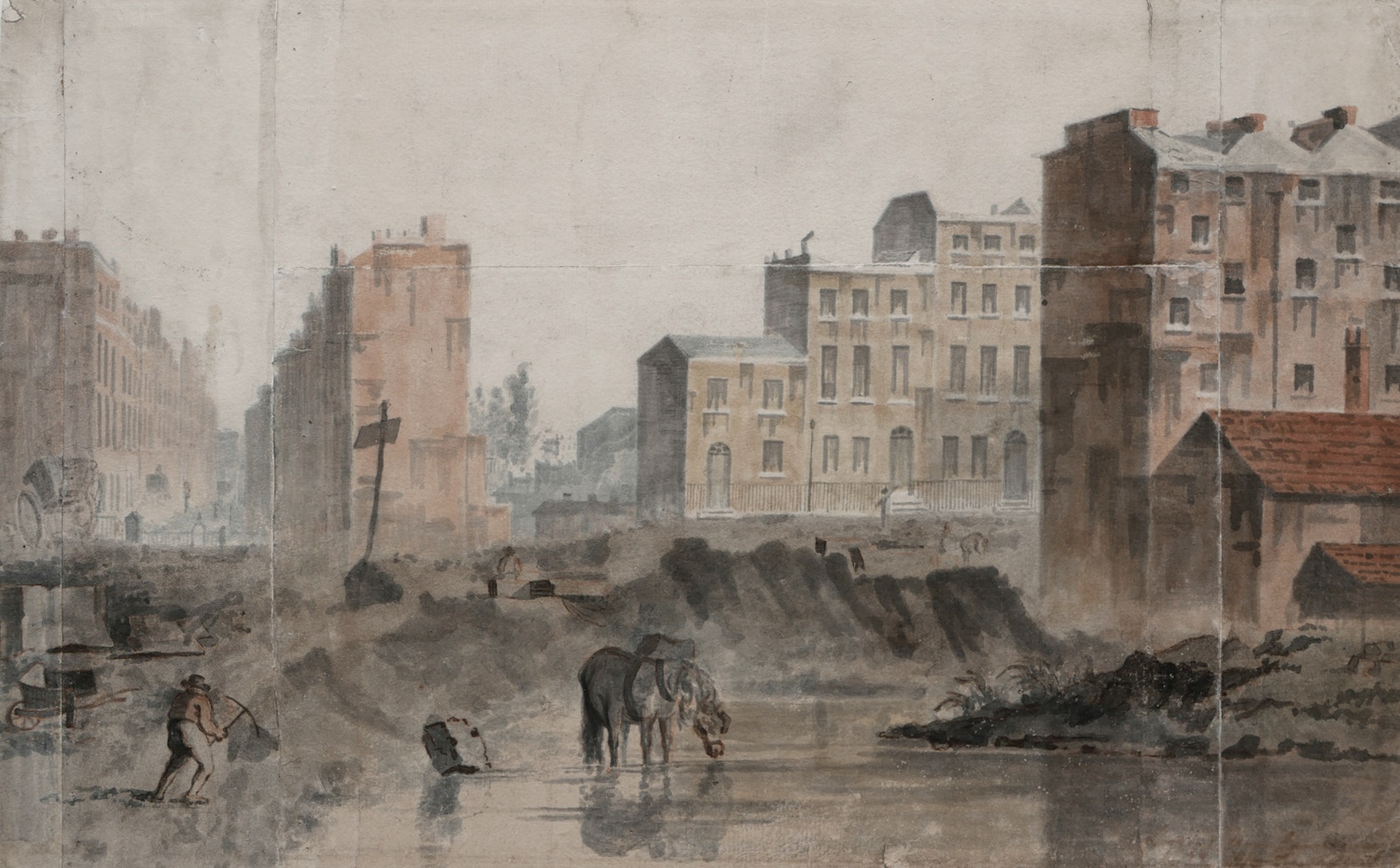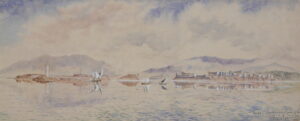Peiser, Kurt Lorein Victor (1887-1962)
Kurt Peiser was an Antwerp painter of German origin. He trained at the Academy of Antwerp and is said to have had great social and humanitarian compassion. He was a draughtsman, colourist, lithographer, and etcher. His style is realistic with touches of impressionism, expressionism, and symbolism.
Peiser was a pupil of Gerard Jacobs. Among his pupils were Rudolf Schönberg, Hermann Kosak and Jacob de Vries. As well as painting marines and the lives of the fishermen in and around the harbour he was also drawn to areas of poverty and misery, including brothels, and drunks. In marines he painted the sailor’s life he himself lead for some ten years.
On June 4, 1914, the artist was taken into the Antwerp court after the removal of paintings from an exhibition and was prosecuted for an offence against indecency and morality.
He has a very extensive body of graphic work and paintings and dedicated a book of etchings to the harbour of Antwerp. Kurt Peiser was a member of La Gravure Originale Belge.
In 1929 the illustrious and prominent Galerie Georges Giroux opened an important retrospective exhibition of his work. The exhibition was an important recognition because the Galerie Georges Giroux was one of the top leading galleries in Brussels in the first half of the 20th century. Kandinski, Henri Evenepoel as well as the brothers Jespers had exhibitions there in the 1910s, followed in the 1920s by James Ensor, Georges Minne, Gustave De Smet and others.
The Jakob Smits Museum (in Mol) dedicated an exhibition to Kurt Peiser in 2007 under the title of “Jewish and Red”. At this occasion a monograph was published, compiled by Ivo Verheyen of the the Friends of the Jakob Smits Museum.
